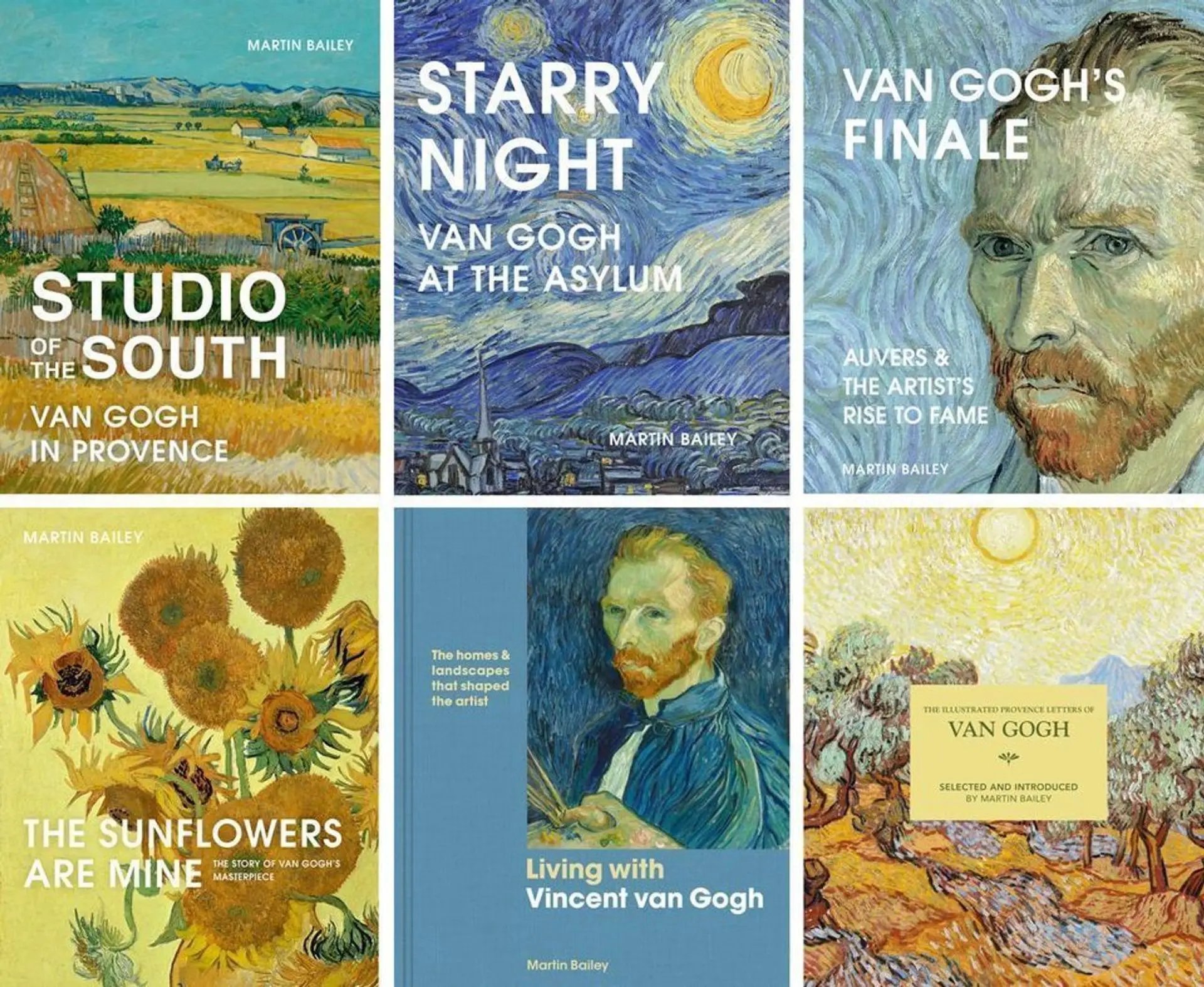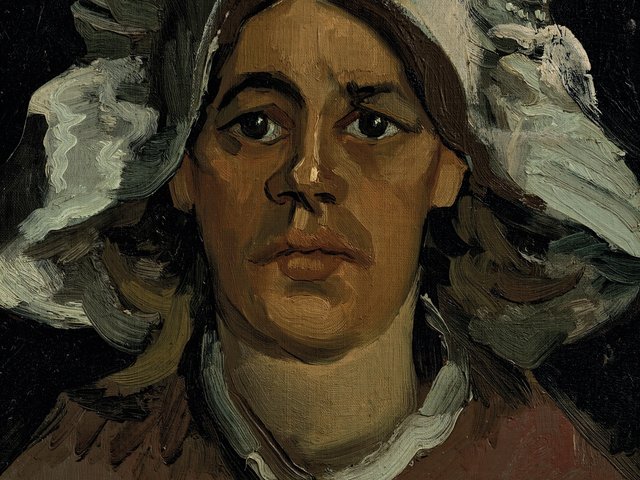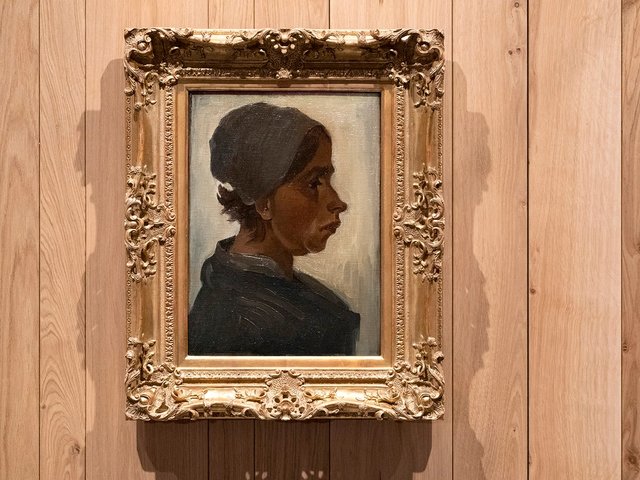Paul Cezanne is famed for the tilted apples in his still lifes, Paul Gauguin chose mangoes to conjure up exotic Polynesia, but Van Gogh was content with the humble potato. His works form the centrepiece of a display on Van Gogh and the Potato, which opens tomorrow (11 October) and runs until 1 February 2026 at the Noordbrabants Museum in the southern Dutch city of ’s-Hertogenbosch (Den Bosch).
The focussed, small exhibition includes Still life with Potatoes (autumn 1886), which depicts what have just been identified as “rat’s backs”. This variety, known in French as “la ratte”, may have got its name because its curved shape and speckled skin is disturbingly similar to that of a rat. In the Netherlands they are called “muizen” (mice). But despite its unsavoury names, it is much sought after for its nutty flavour and smooth texture.
Although it was long thought that Still life with Potatoes was painted in 1885 in Nuenen, the village where Vincent’s parents lived, curators at Rotterdam’s Boijmans Van Beuningen Museum now believe that it was done a year later in Paris. The depicted earthenware casserole is French and a Paris company’s stamp has been found on the reverse of the canvas.
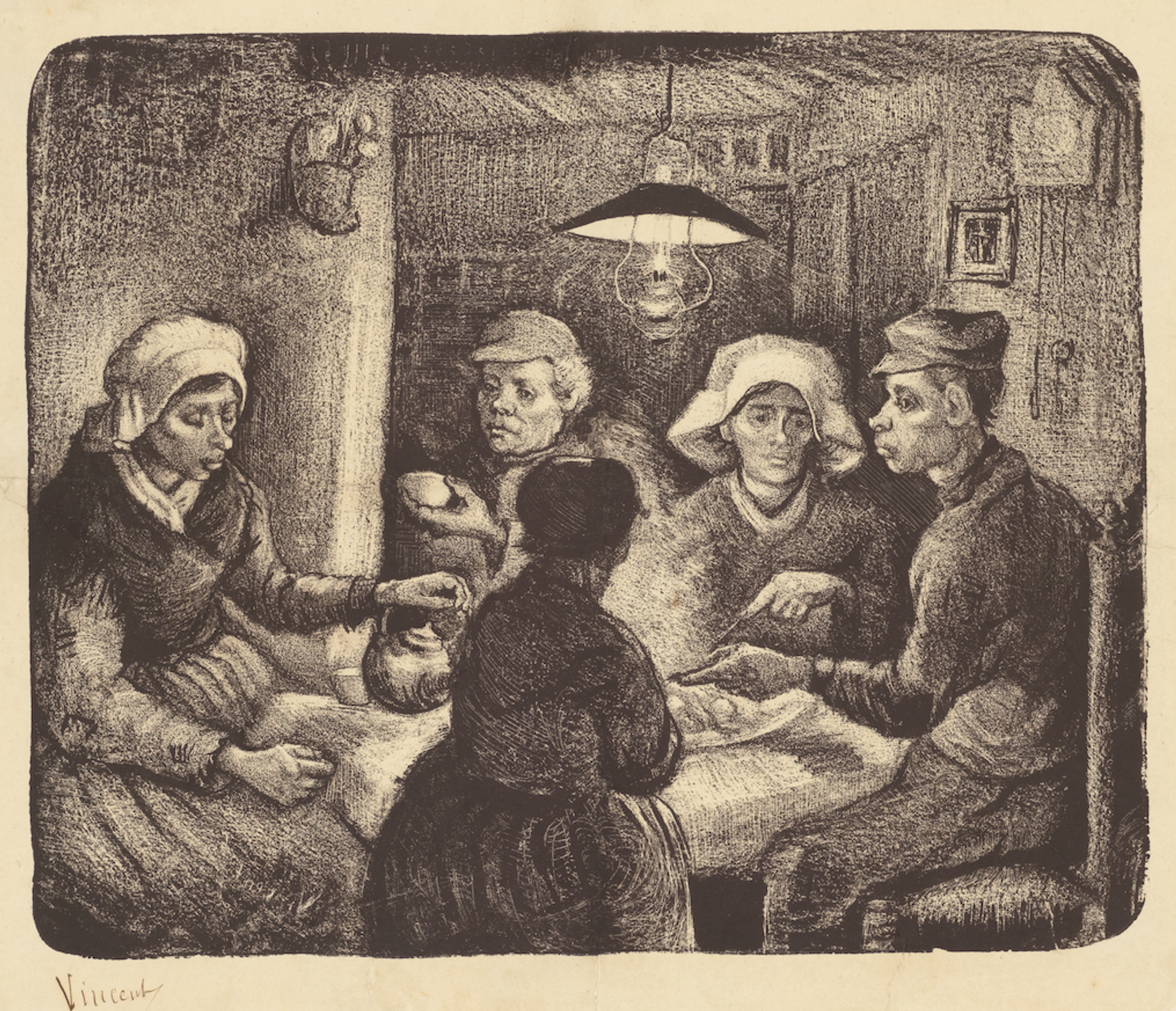
Van Gogh’s lithograph of The Potato Eaters (April 1885)
Kunstmuseum, The Hague
Van Gogh and the Potato includes five Van Gogh paintings, two drawings and a print, all relating to the theme. The Van Gogh print is a lithograph made after his early Nuenen masterpiece, The Potato Eaters (April-May 1885). This painting (at Amsterdam’s Van Gogh Museum) and preliminary oil study (at Otterlo’s Kröller-Müller Museum) could not be borrowed.
What the display does have is an important study for one of the figures in the The Potato Eaters, that of Gordina de Groot. In an ambitious acquisition for a regional museum, the Noordbrabants successfully raised €8.6m to buy the painting last year.
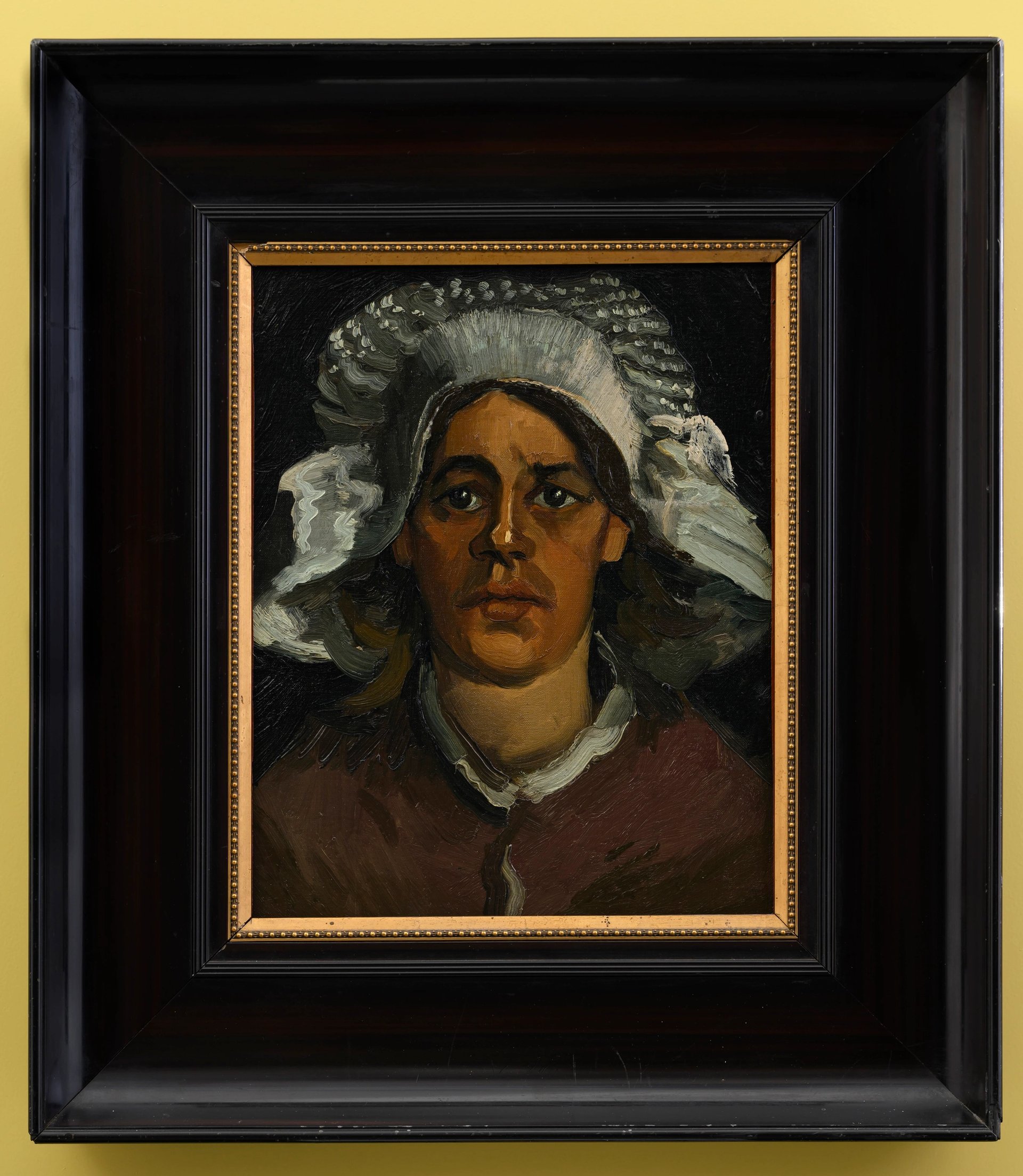
Van Gogh’s Head of a Woman (Gordina de Groot) (March-April 1885)
Het Noordbrabants Museum, s’Hertogenbosch (photograph Peter Cox)
In a letter to his brother Theo, Vincent described the faces of the Nuenen peasants in his paintings as “something like the colour of a really dusty potato, unpeeled of course”. Helewise Berger, the Noordbrabants Museum curator, describes Van Gogh’s potatoes as “peasant gold”, since they were then the main dish in farming communities. She believes they carry a clear message: “Van Gogh found deep meaning in how closely people lived with nature in the countryside.”
As Vincent wrote to Theo: “If a peasant painting smells of bacon, smoke, potato steam—fine—that’s not unhealthy—if a stable smells of manure—very well, that’s what a stable’s for—if the field has an odour of ripe wheat or potatoes or—of guano and manure—that’s really healthy… a peasant painting mustn’t become perfumed.”
Van Gogh later abandoned the potato as a subject for still lifes when he left the countryside for the city. In Paris he turned to flowers, enjoying their bright hues. He probably realised the market for flower paintings would be much better than peasant studies.
More importantly, after his move to France he discovered the Impressionists—and their use of colour. After his subsequent move to Provence, he went on to paint sunflowers, revelling in the range of yellows in their blooms.
Along with Van Gogh and the Potato, the Noordbrabants Museum also has a permanent display on Van Gogh, since the artist’s family always lived in the region. Vincent was born in the village of Zundert (50km from Den Bosch) and worked for two years in Nuenen (30km from Den Bosch).
In the next couple of years the Noordbrabants Museum is planning two exhibitions exploring the influence of Van Gogh on Dutch early-20th century artists: Jan Sluijters in 2026 and Suze Robertson in 2027.




